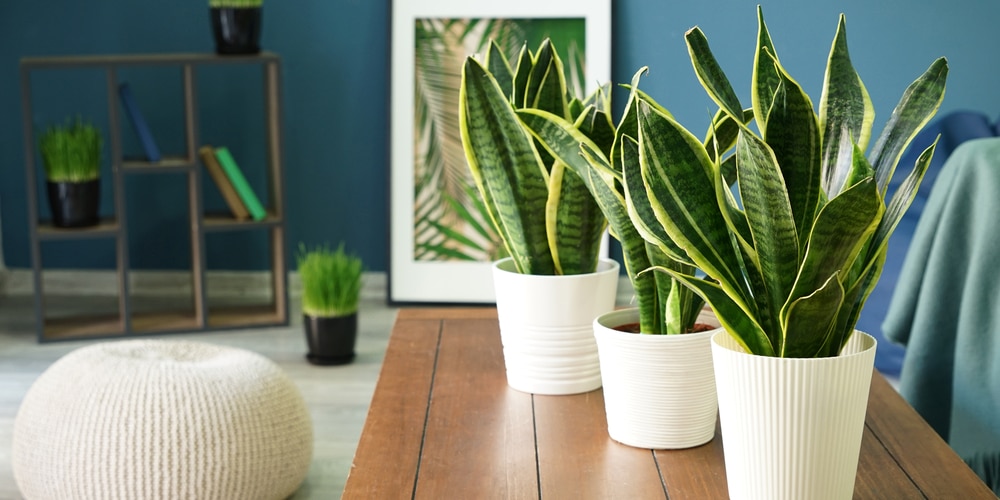There are many different varieties of snake plants, also known as mother in laws tongue or sword plant. One variety is the night owl snake plant which has beautiful green leaves that grow in an open rosette formation.
Snake plants can tolerate low light levels, and they emit oxygen at night, helping to improve air quality. In this guide, we will provide information on how to care for your snake plant so that it grows well and remains healthy.
What is a Night owl snake plant?
The night owl snake plant or mother-in-law’s tongue is a popular houseplant. It’s a hybrid plant with long leaves that stick out more than other types of snake plants. The edges of the foliage are a slightly lighter green, which makes it very attractive for use both in interiors and exteriors. The leaves can grow up to 10 inches long, and a mature night owl snake plant will grow to a height of 16 inches.
The snake plant’s scientific name is Sansevieria, and they are part of the Dracaena family. These plants are succulents that are native to arid climates. They are common in Africa, Madagascar, and South Asia.
Night owl snake plants are toxic to animals and humans if ingested, so they should be kept out of reach of children and pets.
How to care for a Night owl snake plant?
Night owl snake plants are very easy to care for and are drought tolerant. They can cope with some neglect, but if you want a beautiful, thriving plant, follow these care tips:
Sunlight requirements
Snake plants prefer to be placed in a location with bright but indirect sunlight. It can tolerate partial or filtered sun and low or high levels of lighting. However, it will start leaning towards the light source and cease growing if forced into low light for too long.
Watering needs
The night owl snake plant prefers to be watered once the top two inches of soil feels slightly dry to the touch. It should not be overwatered, as this can cause root rot and kill the plant. In winter, water less frequently or stop watering altogether until spring returns. How often you need to water your night owl snake plant will depend on the climate where you live. Most people find that they need to water their plant once every two weeks during the growing season and once a month in the winter.
Humidity
Night owl snake plants can cope with the humidity of a typical home.
Fertilization
Snake plants do not require much fertilizer to remain healthy, but feeding them once in a while will help them to grow faster. Use an all-purpose plant fertilizer sparingly, as this can cause root damage if overused.
Temperature
Night owl snake plants are sensitive to cold temperatures and can die if they are left outdoor when there’s frost. They can survive in environments that stay within 60° F to 90° F. Night owl snake plants can be grown outdoors year-round if you live in USDA zones 9 to 11. However, it is best to place the plant in a sheltered location.
Pests and Diseases
Pests common to snake plants include mealy bugs, spider mites, and thrips. As for diseases, the most common are root rot and stem rot. Prevention is the best way to deal with these issues. It entails ensuring that your plant receives proper care, including adequate levels of sunlight, water, humidity, and fertilizer.
Soil
Soil should be a loose, well-drained type for your snake plant. It should contain 50% to 60% organic material such as peat moss or composted bark. Sand, perlite, vermiculite, and pumice can help improve aeration in heavy soils. You can report your night owl snake plant using pre-mixed soil that’s been formulated especially for cacti and succulents. Night owl snake plants prefer soil that’s slightly acidic with a pH range of between 5.5 and 7.5.
Conclusion
Snake plants are easy to care for. Just remember to place it in an area with bright but indirect sunlight, water once the top two inches of soil feel dry, and provide humidity if necessary. It’s also a good idea to fertilize your plant every few months using all-purpose fertilizer. Keep it away from direct sunlight and cold temperatures, and you should have no problems growing this beautiful and unique plant.
Related: Snake Plant Leaves Turning Soft

